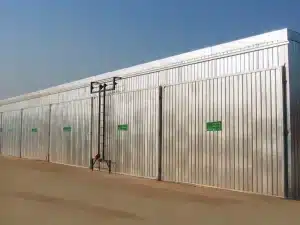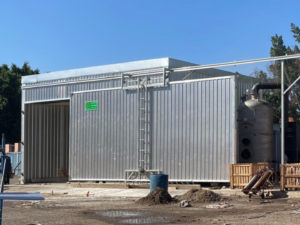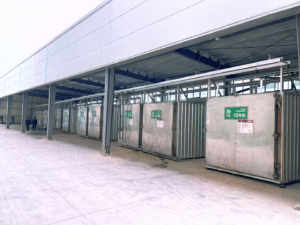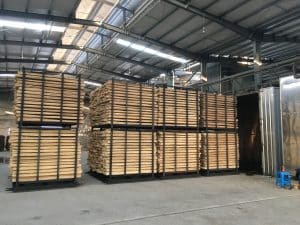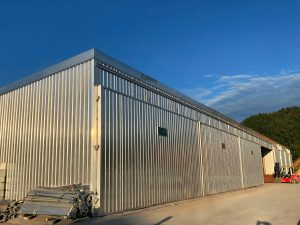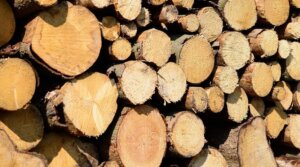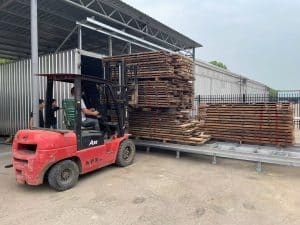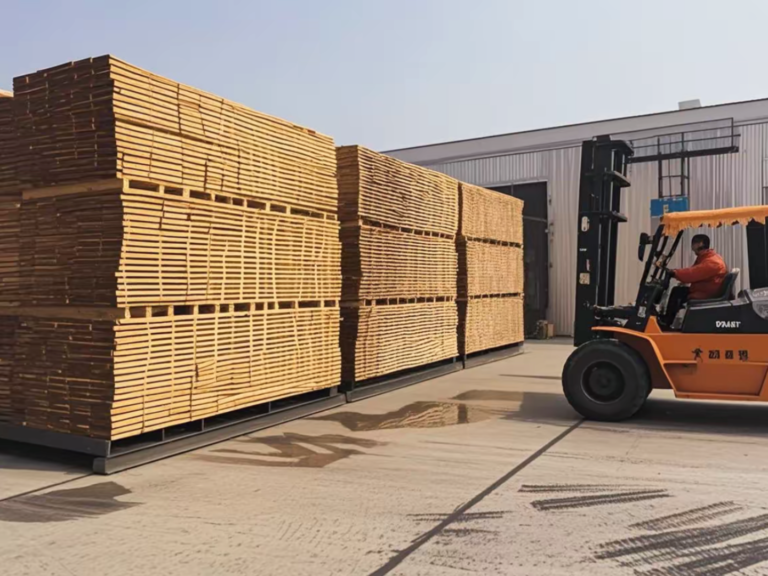
When searching for a lumber kiln price, you’ll quickly discover there isn’t a single answer. Prices vary depending on kiln type, size, and how you plan to use it. Whether you are a sawmill operator, a furniture maker, or an exporter needing ISPM-15 compliance, understanding the real cost drivers helps you make the right investment.
Typical Price Range for Lumber Kilns
On average, industrial lumber kilns range from $20,000 to over $300,000:
Entry-level kilns (basic, simple control, smaller chambers): $20,000 or less
Mid-range kilns (medium capacity, full automation, ISPM-15 certification): $20,000–$100,000
High-capacity/custom kilns (large chambers, boiler integration, remote control): $50,000+
This wide range explains why simply asking “what’s the lumber kiln price?” usually leads to the answer: it depends.
Industrial Kiln Cost Breakdown
Here’s how the cost of a typical kiln is distributed:
| Component / System | Description | Typical % of Total Cost |
|---|---|---|
| Frame & Structure | All aluminum alloy, stainless steel | 25–30% |
| Insulation | Mineral wool or vacuum panels | 10–15% |
| Heating System | Heating exchanger and electric valve | 15–20% |
| Air Circulation / Fans | Industrial-grade fans for even airflow | 5–10% |
| Control System & Automation | PLC/PC controls, sensors, humidity & temperature monitoring | 15–20% |
| Doors & Seals | Reinforced, airtight | 5–10% |
| Accessories | Racks, trolleys, stickers, safety interlocks, venting actuator, motors | 10–15% |
👉 Operating cost tip: For a 50m³ mid-size kiln, steam boiler fuel is usually the largest recurring expense—about $3,000+ per year. If you burn wood waste, the cost could be much lower.
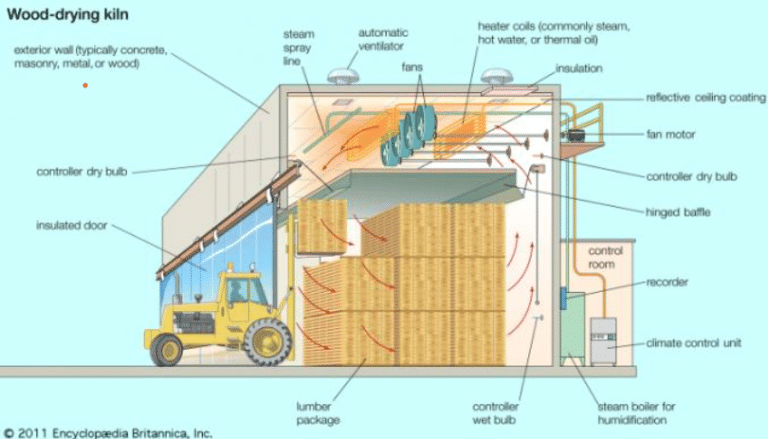
Key Factors That Affect Lumber Kiln Price
1. Capacity (Chamber Size & Layout)
The size and configuration of your kiln has one of the biggest impacts on price. A 40 m³ chamber will cost far less than a 100 m³+ chamber, but layout also matters.
- 4 × 50 m³ chambers (200 m³ total) give flexibility — you can run different species or drying schedules at the same time, but the upfront cost per chamber and total investment will be higher.
- 1 × 200 m³ chamber is cheaper per cubic meter, but less flexible — you’ll need to fill it completely with similar lumber to operate efficiently.
2. Heating System Type
- Steam boiler kilns (common in sawmills): efficient and scalable, but need a boiler setup.
- Direct-fired kilns (gas, oil, biomass): lower upfront cost but fuel bills vary.
- Electric kilns: easier to install, but high running cost for large operations.
👉 The heating method is one of the biggest long-term cost drivers.
3. Automation & Controls
- Basic manual controls: lower upfront price, but require more labor and risk uneven drying.
- Advanced PLC + computer controls (humidity, temp, moisture sensors): higher price, but better consistency, fewer defects, and higher resale value.
4. Insulation & Build Quality
The way your kiln is built directly affects both operating costs and service life.
- Insulation:
Thicker, high-quality insulation (mineral wool, polyurethane, or vacuum panels) keeps more heat inside the chamber. This reduces energy consumption, especially in cold climates. Over time, better insulation can save thousands of dollars in fuel or electricity. - Airflow & Fans:
Efficient industrial fans and optimized duct design ensure uniform drying. Poor airflow leads to uneven moisture content, longer drying times, and higher defect rates. Investing in better fans pays off through faster cycles and higher product quality. - Frame & Structure Materials:
- Standard carbon steel (painted/galvanized): Lowest cost, but can corrode over time in high-humidity environments.
- All-aluminum alloy: Higher initial cost, but lightweight, corrosion-resistant, and easier to maintain. Popular for long-term use and export-grade kilns.
- Stainless steel: Premium option, very durable, highly resistant to both moisture and chemical exposure. Best suited for operations where kiln uptime and longevity are critical.
5. Location & Shipping
- Transporting and installing a kiln can add 10–20% to cost.
- Local regulations (like EU emissions rules or ISPM-15 certification for pallets) may require extra equipment, raising price.
6. Customization & Options
Special lumber requirements (thicker stock, musical instruments, export furniture).
👉 The more tailored to your product, the higher the cost.
How to Calculate ROI
Your kiln is an investment. Here’s the formula:
Example:
Kiln cost: $50,000
Annual operating cost: $8,000
Extra revenue from faster drying & fewer defects: $35,000
Net gain: $27,000 → ROI = 54%
Payback period ≈ 2 years
In many operations, ROI is achieved in 1–3 years thanks to improved efficiency and fewer rejects.
What to Clarify Before Pricing a Kiln
To get the most accurate quote and ROI estimate, consider:
Production & Lumber: capacity per chamber, species, % air-dried vs green, thickness/length, pack & sticker size.
End Product: plywood, furniture, flooring, packaging, musical instruments, etc.
Site & Energy: available voltage, boiler type, climate, altitude, annual production.
Timeline: estimated purchase date & installation schedule.
These details help match the right kiln design to your needs.
Tips to Maximize ROI
Match kiln size to your actual production.
Invest in insulation and energy-efficient controls.
Automate drying schedules to cut labor costs.
Maintain equipment regularly to avoid downtime.
Adjust schedules by species & thickness for optimal results.
Who Benefits Most from Industrial Kilns?
Plywood & panel manufacturers – faster throughput.
Furniture makers – higher-quality boards, fewer defects.
Flooring producers – stable MC prevents warping.
Export packaging companies – ISPM-15 compliance.
Musical instrument makers – precise drying for tonal quality.
Conclusion
Investing in an industrial lumber kiln ($20,000+) isn’t just buying equipment—it’s securing higher quality, better efficiency, and stronger profitability.
💡 Pro tip: When comparing suppliers, focus on ROI, automation, and long-term energy costs—not just the sticker price.
📌 Next step: Clarify your production needs and request a customized quote with ROI analysis to see exactly how fast your investment will pay off.

